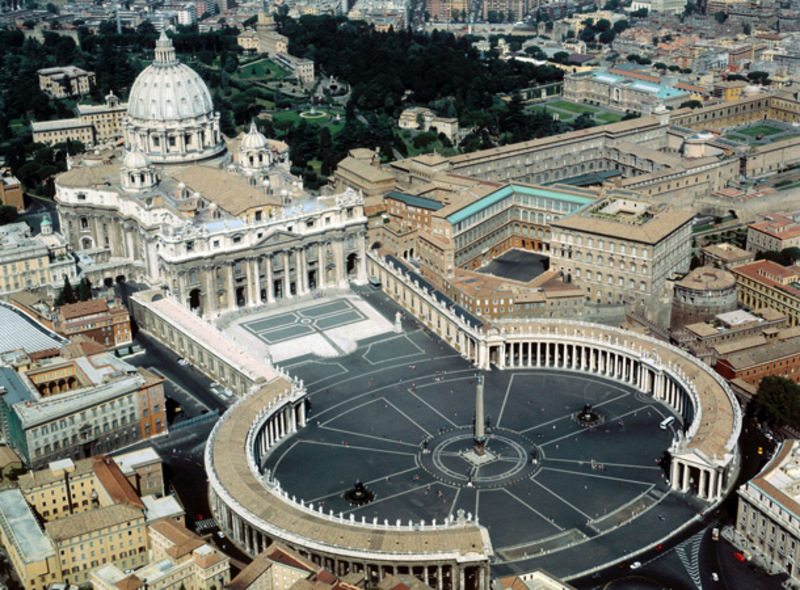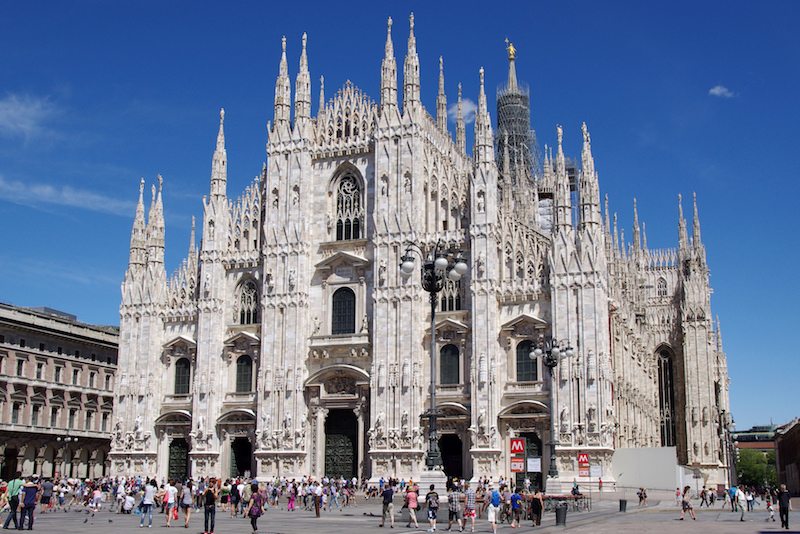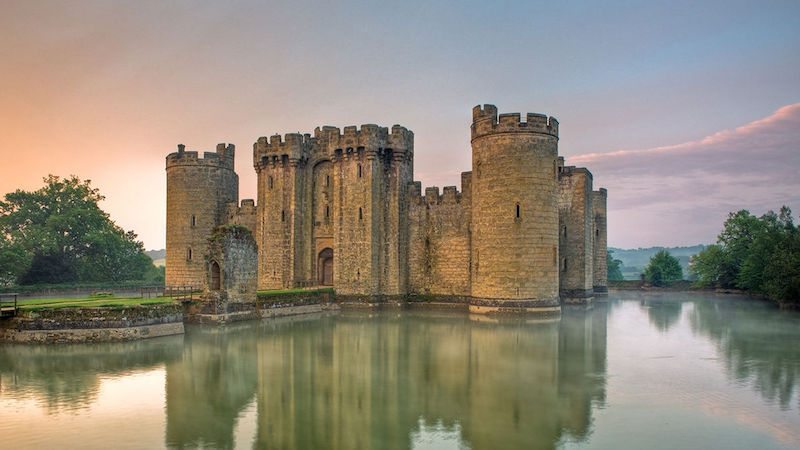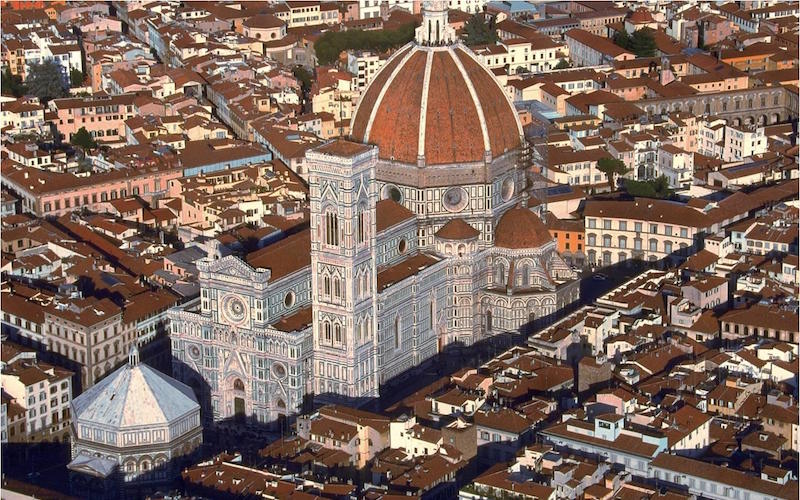Medieval Architecture
Episode #7 of the course “Brief history of architecture”
After the fall of the Roman Empire, Europe experienced a period of recovery before it began to extend its artistic contributions to the world again. Medieval architecture builds on the designs of the Romans, but different areas in Europe developed modern construction elements that made life safe and more beautiful for people. Many examples of Medieval European architecture survive today in nations ranging from Italy to Greenland; they are generally classified as either strictly religious or secular, depending on their purpose.
With the rise of Christianity and the establishment of the Catholic church, Europeans developed the Roman basilicas into massive cathedrals. As the Romanesque style gave way to the Gothic, cathedrals began to use a new design of weight distribution, with pointed arches and flying buttresses that supported a cathedral’s inner walls. Buttresses allowed architects to make the cathedrals’ walls thinner, and they were then able to incorporate colorful stained glass windows into the decor, creating a romantic and heavenly atmosphere to their buildings’ interiors. One of the most famous Italian architects of the Middle Ages was Arnolfo di Cambio, who designed cathedrals, tombs, and sculptures throughout Tuscany and in Rome, including a sculpture of St. Peter in St. Peter’s Basilica in Rome.

The Papal Basilica of St. Peter, Vatican

Orvieto cathedral, Umbria, Italy

Milan Cathedral, Italy
Medieval castles and forts were often constructed with heavy carved stone and included turrets, towers, bridges, and moats. These castles were defensible fortresses, and many remain over 1000 years later. Because these castles were drafty and dank, though, people began to weave tapestries to hang on the walls for insulation. Fire pits had long been common in ancient European dwellings, but the early medieval invention of the chimney gave rise to a practical solution for indoor hearths and fireplaces.

Bodiam Castle, East Sussex, England
Most peasants in medieval Europe lived in tight villages in small, thatched roof houses with mud and straw walls. Houses were organized close together inside the village wall for safety. Some had windows with shutters, and the luckiest and best-designed included chimneys. Livestock and people often shared living space, and without proper flooring or sewage drainage, living conditions could be highly unsanitary.
Learn Something New Every Day
Get smarter with 10-day courses delivered in easy-to-digest emails every morning. Join over 400,000 lifelong learners today!
Recommended book
“Medieval Architecture” by Nicola Coldstream
Share with friends

